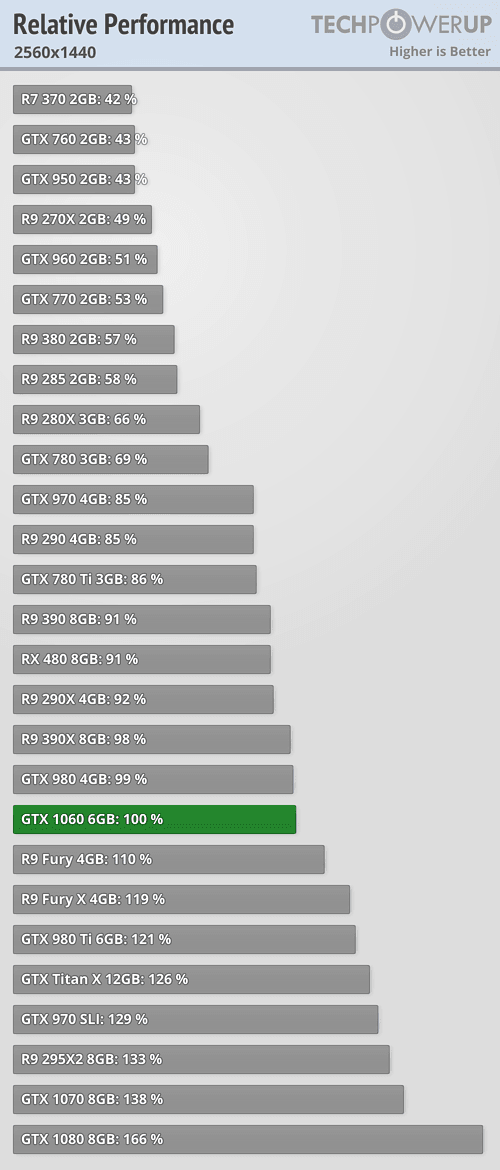They will have the same challenges as Nvidia and that is multiple segments where they need varied FP64/FP32/FP16, this also needs to be balanced against power draw.Yes, but because it's not meant to, not because it won't be close, I was saying that in perspective of Nvidia being able to easily trump AMD, and thus doing so. If they don't release fully enabled Titan at all, AMD might as well price their offering similarly(cause it would look more appealing, heck RX 480 looks better to a lot of people than 1060 right now), which is not happening.
Full Vega might not escape all the problems Polaris is having, but coming out almost a year after it should achieve 16TF, which should put right between 3584 and 3840 Titans in performance.
These days it is unlikely (well apart from Nvidia P100 it seems) a manufacturer will use a dedicated GPU die in just one segment out of the three when it comes to their top consumer GPU.
Need to remember the previous gen were a bit of an anomaly as they had minimal DP, while also they now need good FP16 and Int8 for certain research.
Cheers


